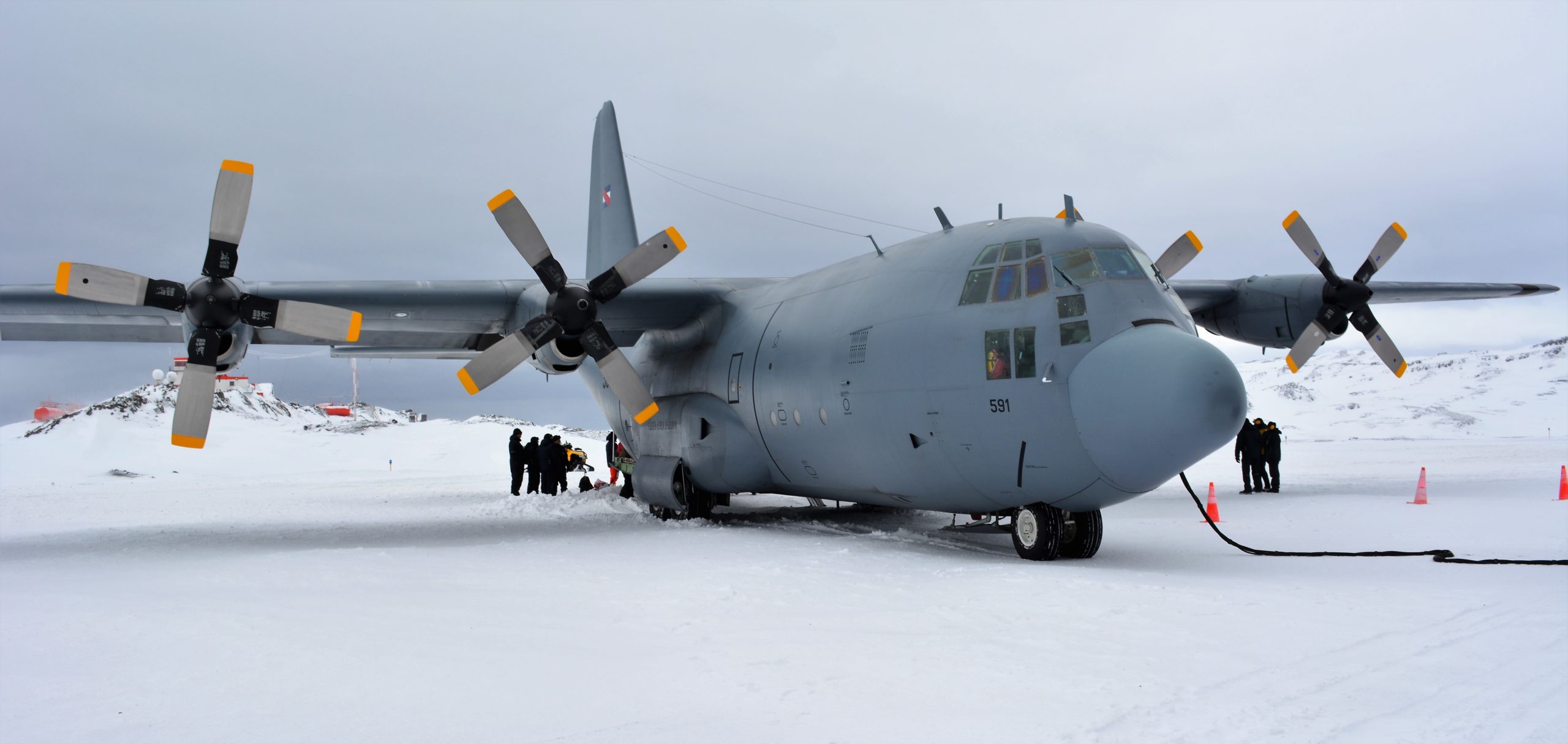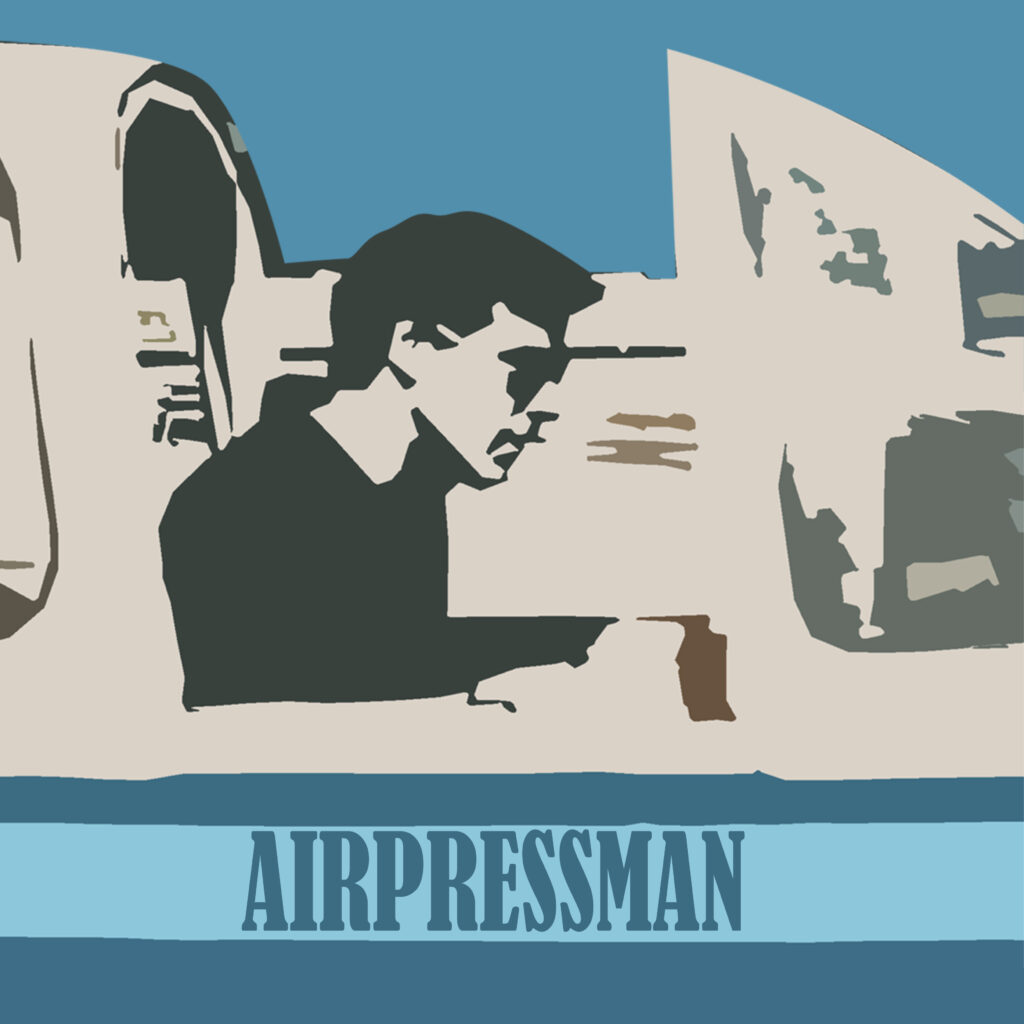
URUGUAYAN ANTARCTIC C-130 CARGO FLIGHTS
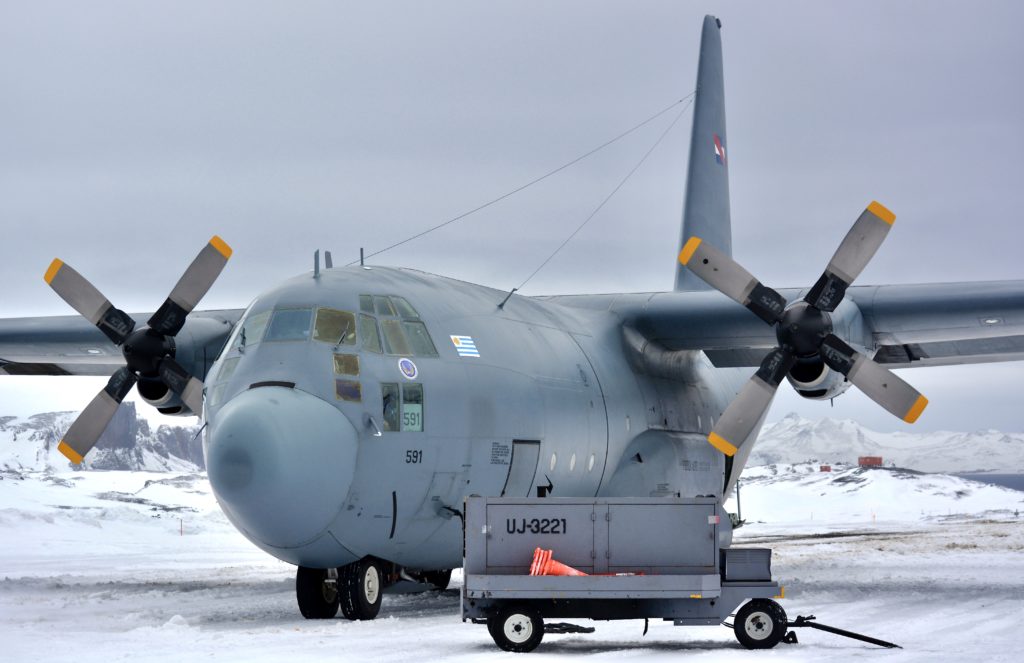
On December 14, 2017, a Fuerza Aérea Uruguaya (FAU – Uruguayan Air Force) Lockheed C-130B Hercules landed for the first time in the Argentinian Marambio Antarctic Base; located on the namesake island in the Antarctic Peninsula by the sea of Waddell at a distance of 1944nm (3600km) from Buenos Aires. Tasked for the mission was C-130B FAU 591 (c/n 282-3668 ex USAF 61-0971, in service since May 22,1992), one of two C-130Bs belonging to Escuadrón Aéreo No. 3(Transporte) (Air Squadron No. 3/Transport) based on the Brigada Aérea I (Air Brigade I) adjacent to Montevideo’s General Cesáreo L. Berisso international airport.
Uruguayan base

Initially carrying out support flights for the campaign of the Instituto Antártico Uruguayo-IAU (Uruguayan Antarctic Institute) performed yearly during the southern autumn and summer, FAU 591 was carrying personnel and supplies from Montevideo to its main station in the white continent, the Base Científica Antarctica Artigas (Artigas Antarctic Scientific Base-BCAA). (Left: Escuadrón 3 patch)
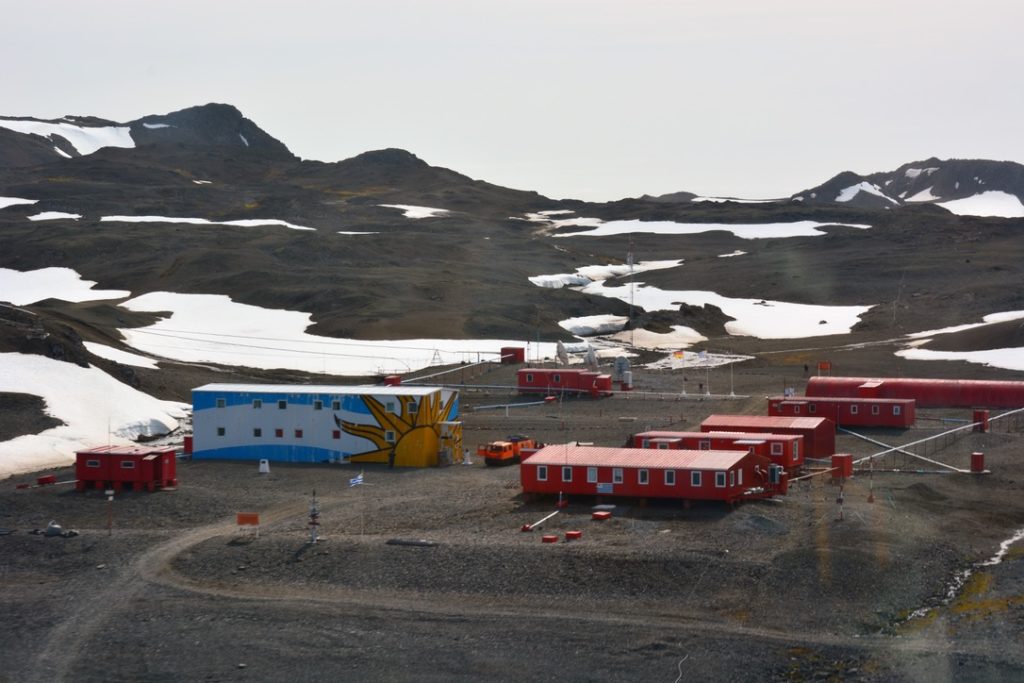
Founded on December 22, 1984, and located on King George Island, South Shetland Archipelago, 1620nm (3000km) from Montevideo, is one of two Uruguayan bases and is inhabited throughout the year.

The route from Montevideo, was flown via Mar del Plata, Viedma and Comodoro Rivadavia (Argentina) arriving at Punta Arenas (Chile) in five hours flight time. The aircraft stayed overnight as its cargo cabin was reconfigured before crossing the Drake channel for the 2.5 hour flight to King George Island.
The BCAA has no runway, thus Uruguayan aircraft operate from the nearby Chilean airfield Teniente Rodolfo Marsh (INM/SCRM), located 2.15nm (4 km) west of the BCAA, colocated with the Eduardo Frey chilean antarctic base by Fildes Bay. The reconfiguration ensures that the aircraft weight is reduced to no more than 130,000lb (59,000kg), since to make a landing in Marsh, must not exceed 118,000lb (53,000kg). Considering a fuel consumption of 4,800lb/hour (2177kg/hour) the C-130B reaches Marsh with the correct weight to land.
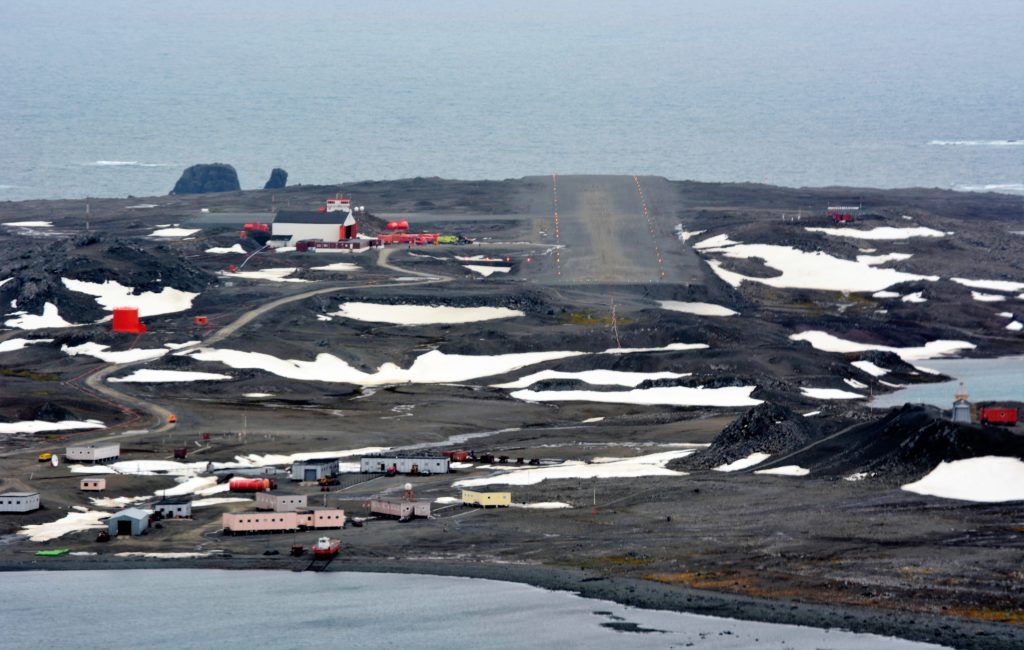
Supplying the BCAA is a joint military effort, also supported by the Uruguayan Navy; with the command and control ship ROU 04 Artigas, participating in the Antarkos XXXIV mission, taking 210,000lb (105,000kg) of cargo and 50.000ImpGal (226,000lit) of Antarctic gas-oil. In previous years Aviación Naval Uruguaya (ANU-Uruguayan Naval Aviation) helicopters were deployed onboard the ROU 04, however the ANU terminated the operation of its six Eurocopter BO-105PAH1 whilst the only Helibras AS355F2 Esquilo is in maintenance. (See our feature on the BO-105 on this link https://airpressman.com/air-forces/the-mbb-bo-105pah-1-helicopters-on-uruguayan-naval-aviation-service/)


Emergency assistance
Whilst FAU 591 was in Punta Arenas, an unusual situation occurred, as the Fuerza Aérea Argentina (FAA – Argentine Air Force) requested support from its Uruguayan counterpart to carry cargo from Rio Gallegos (Santa Cruz province) to Marambio. Founded in October 1969 – is the main permanent scientific and military base, of several — that Argentina has on the white continent. Right: Final approach into Rio Gallegos airport RWY 07-25 (Ph.: FAU)
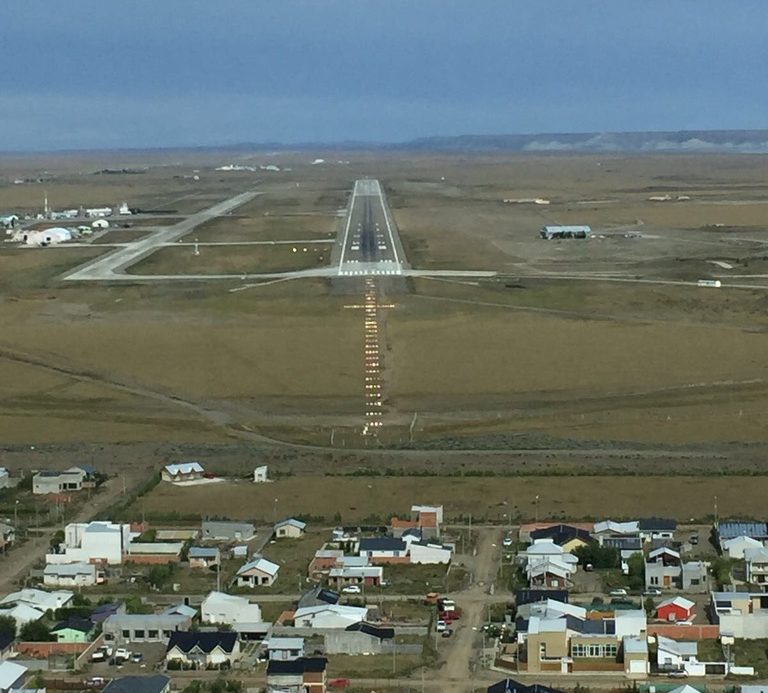

The request of assistance was raised through pre-established cooperation channels between the Air Forces of the region. The need for support was due to the temporary lack of availability of Argentine cargo aircraft that could make the trip to Antarctica — namely C-130s – despite an important plan to modernise the type. Falklands/Malvinas conflict veteran C-130 registration TC-69 recently modernised in the USA, suffered an incident on December 2, 2017. Unable to land in Marambio due to adverse meteorological conditions, its crew decided to return to Rio Gallegos, its departure point. A fault on its Flight 2 digital system, caused the engines to retain high power on landing. The crew shut them down whilst applying emergency braking; action that caused a fire and damage in the main landing gear bay area. The US firm L-3 – that completed the refurbishment — issued a global flight ban to all modified aircraft, until completion of an investigation. The already modified TC-61, was therefore also grounded in Rio Gallegos and available to fly to Marambio, only in case of a dire emergency/evacuation was needed. The FAA Hercules fleet remained out of service mainly due to maintenance reasons; TC-64 having entered a scheduled inspection the previous week.
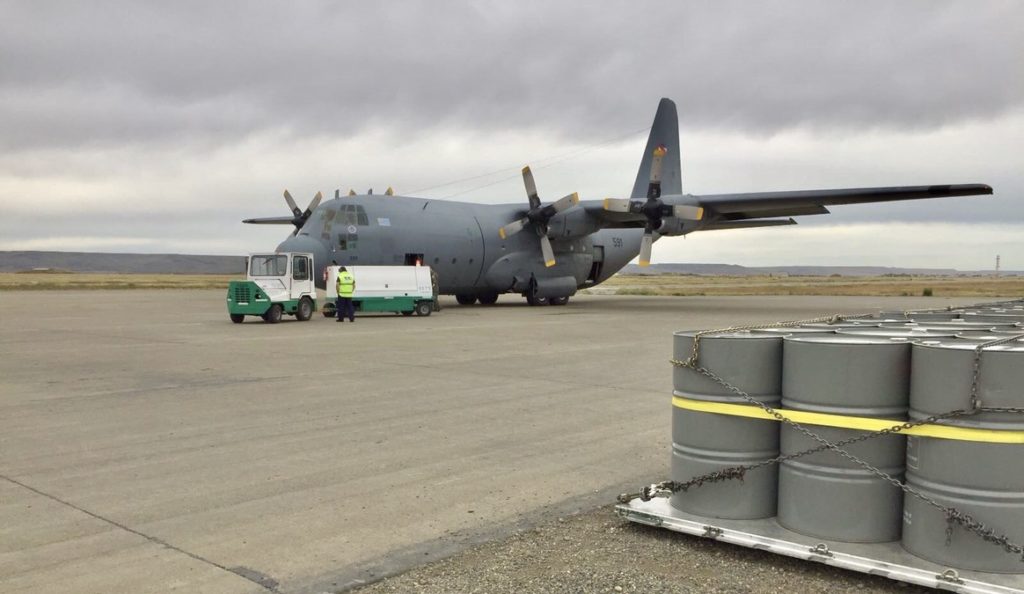
The FAU’s Centro de Operaciones Aéreas (Air Operations Centre-COA) at the service’s HQ at Boizo Lanza air base north of Montevideo, notified the Uruguayan crew at Punta Arenas, to proceed to Rio Gallegos. Led by Lt. Cnel. Martin Campoamor, Escuadrón’s 3 Commander, FAU 591 crew included two more pilots, two navigators, as well as two flight engineers, two air cargo supervisors and a flight mechanic. The flight from Punta Arenas north to Rio Gallegos was a brief 20 minutes; to load up the cargo for Marambio; 24 barrels of 44ImpGal (200lt) of Antarctic gas oil (1056ImpGal/4800lt in total) and other urgently needed materials.
Bad weather operations

Before each crossing to the white continent, the meteorological conditions on route and destination must be carefully analysed. The operations in icy gravel runways require maximum effort of the Hercules. The crew checks the probability of a successful emergency landing, TAF / METAR reports and the SNOWTAM, (rarely used in Uruguay).The condition of the runway — split in thirds and each analysed individually — is evaluated for coefficients of friction, braking efficiency, total snow deposits and depth on the runway and taxiways, before evaluating if a safe operation is possible.The flight from Rio Gallegos to Marambio and back, took 03:15 hours each leg as the Argentine base is deeper into Antarctica than Marsh. The FAU crew was received at Marambio, by its Commander, a thankful Vice Commodore Gustavo Bruschini where the staff of the two nations celebrated the historical occasion.

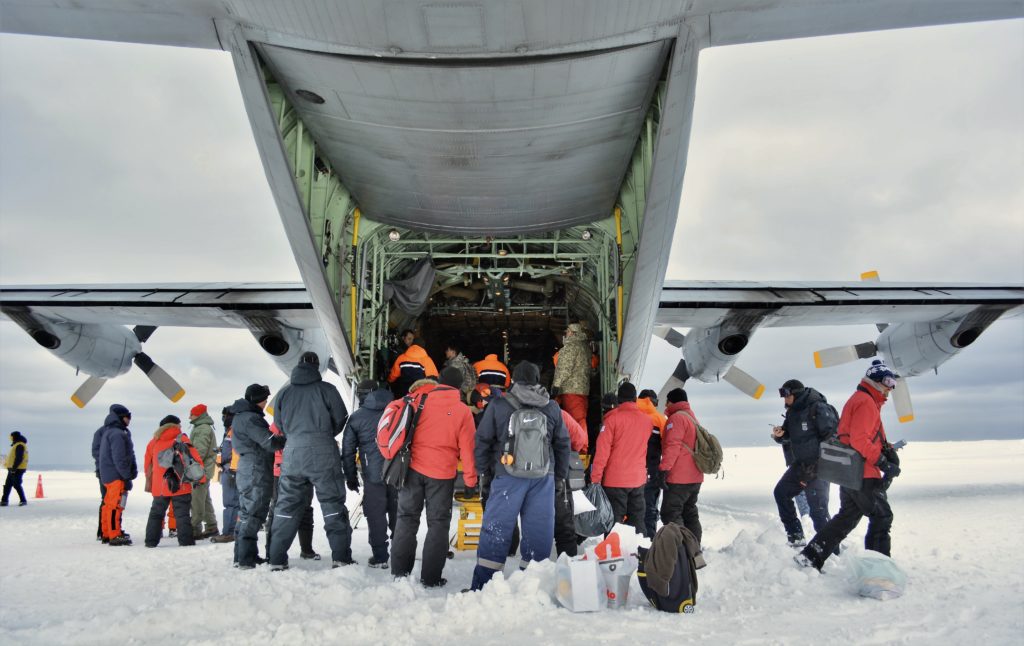
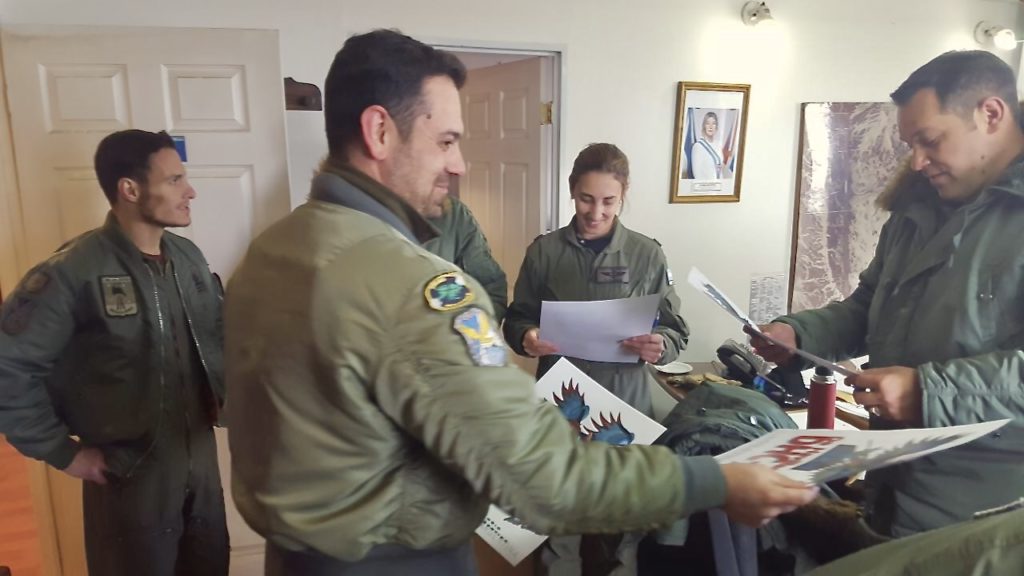
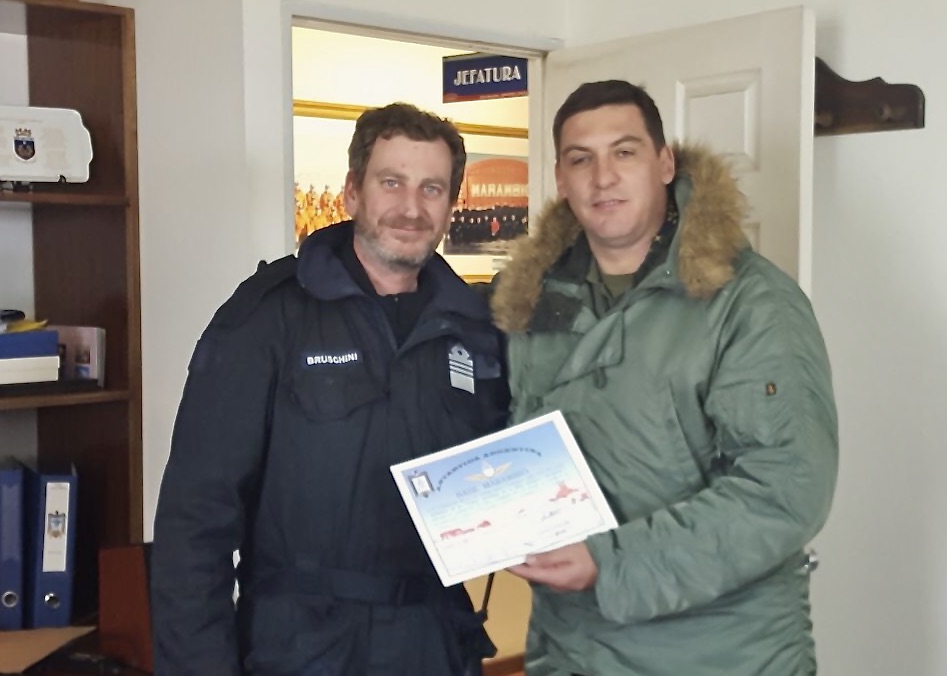
Marambio’s commander, Vice Commodore Gustavo (left) greeting Lt. Cnel. Martin Campoamor, in charge of the uruguayan contingent. (Ph.: Escuadrón 3)

Dealing with the cold

The low temperatures on the ground during Antarctic operations dictate that the aircraft engines are started for ten minutes every two hours, as to prevent damage to seals and gaskets of fuel, oil and hydraulic systems, and to maintain viscosity of the engine lubricating oil. This procedure was unnecessary in Marambio, as the temperature was between 0 and -5 degrees Celsius, and turnaround time was 2.5 hours. Returning to Rio Gallegos, 30 Argentinian passengers boarded, including technicians and personnel who were repairing and checking generators, communication antennas and heating systems at the base.
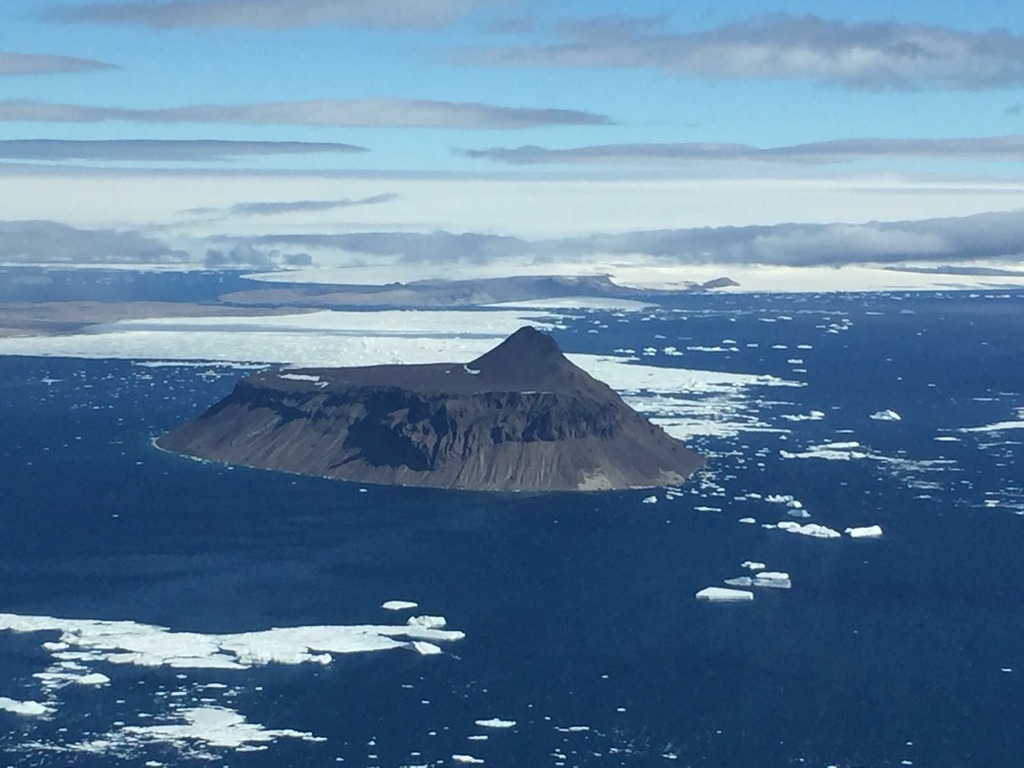
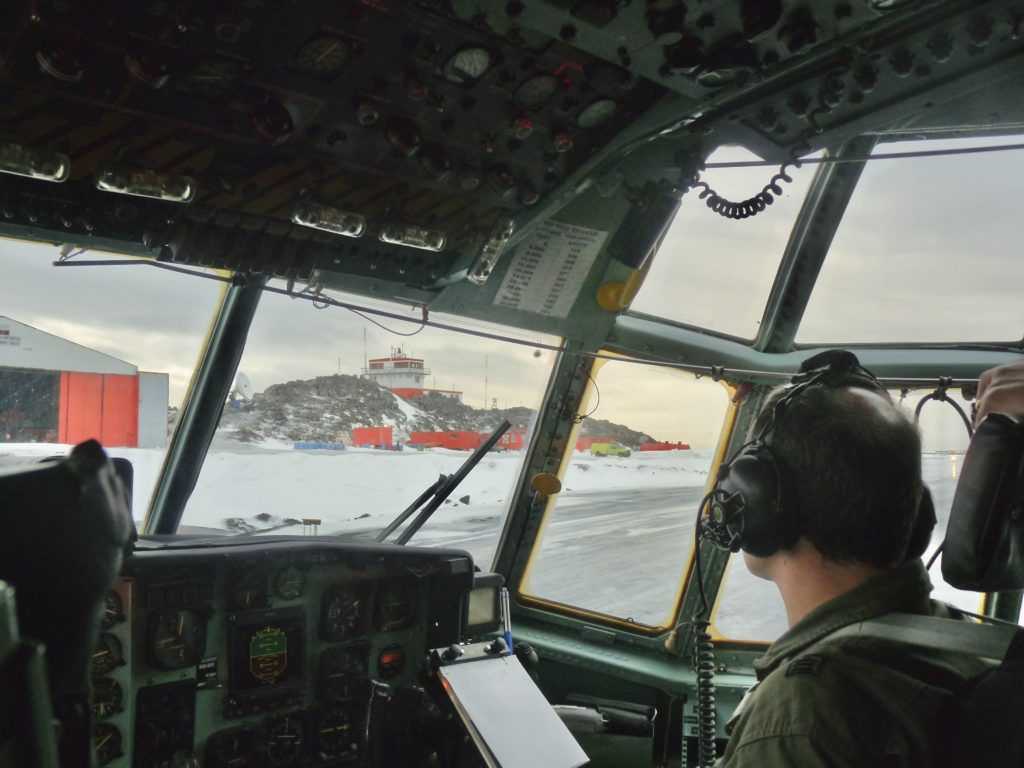
Argentina’s Hercules

The FAA owns six Hercules: three C-130H-382C-48D (TC-61/64/66), two KC-130H-382-82D (TC-69/70) utilised as air refuelling tankers and one L-100-382G- 53C (TC-100). The latter – a civilian model – is unsuitable for Antarctic operations, due to its long fuselage and lesser performance. It replaced TC-63, lost during the Falklands/Malvinas War in 1982, and was obtained later that year, when Argentina could not acquire military aircraft in the international market.

Under a so called Modernisation, Standardisation and Renewal Program for the Hercules fleet in 2016, two upgrades were completed on the KC-130H tanker aircraft – TC-69 and TC-61 – with the rest of the fleet to follow. The Falklands/Malvinas veteran TC-69 was the first, the work carried out by the US firm L-3 and its subsidiary Platform Integration, in Waco, Texas, were the aircraft remained for an 18-month period and included new inflight refuelling pods. The main conversion was the installation of a Rockwell Collins Flight 2 Integrated Digital Avionics System, with five EIDS (Electronic Information Delivery System) multifunction displays, one of them 5 x 8-inch, three CDU-7000 FMS (Computer Display Units/Flight Management System), satellite communication equipment, APN-241 radar, FLIR (Forward Looking Infrared) and a digital fuel control system and electronic propeller control. Cabin, cargo compartment and exterior lighting was modified, to meet requirements for operational use of NVG (Night Vision Goggles).
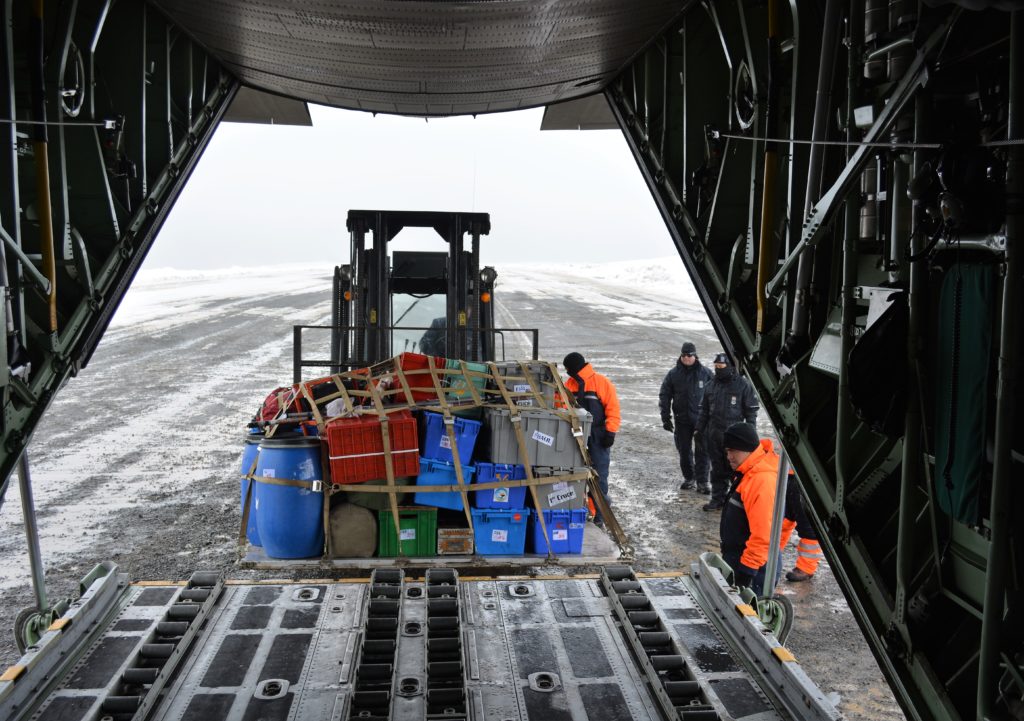
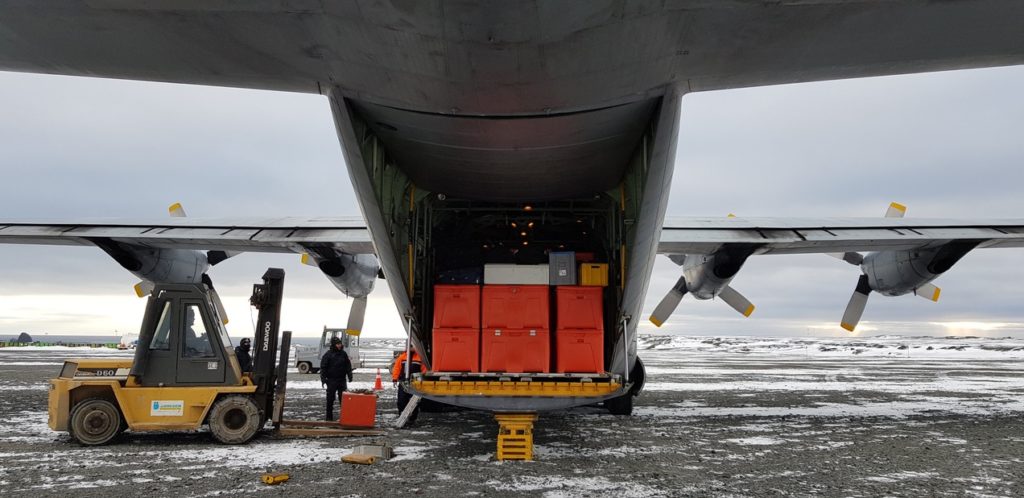
The contract with L-3 for £54 million was made through the FMS (Foreign Military Sales) program of the US Air Force. The LOA (Letter of Agreement) included the modernisation of TC-69 in addition to the delivery of five upgrade kits for the remaining aircraft, a flight simulator, documentation, manuals and training to technical personnel. The installation of the kits and the modification tasks will be carried by Córdoba based FAdeA (Fábrica Argentina de Aviones [Argentine Aircraft Factory]) with the support of L3. The second modified aircraft (TC-61) was completed by FAdeA in June 2017 and delivered to Grupo I de Transporte Aéreo (Air Transport Group I), stationed at the I Brigada Aérea (1st Air Brigade) of El Palomar, Buenos Aires province.
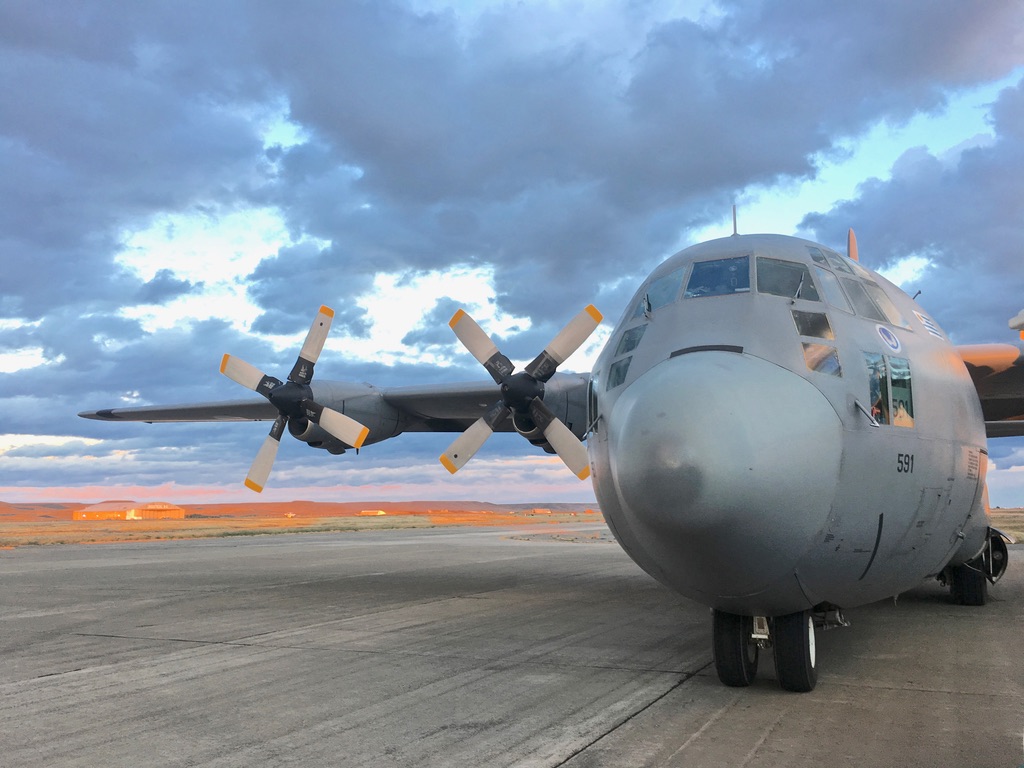
 The two Uruguayan Hercules are due for deep maintenance; FAU 592 (c/n 282-3596/ 60-0295 in service since August 18, 1992) has been out of service since May 2017 awaiting funds and 591 is due a Programmed Depot Maintenance (PDM) possibly – as on previous occasions — to be completed at Chile’s ENAER aircraft factory. Government approval has been urgently granted for 591’s overhaul, that will have a TCAS II installed (required for its regular UN missions), a new Garmin GPS GTN 650 and autopilot to be selected, replacing the old E4 model. **(Author’s note: FAU 592’s has its PDM completed at Brazil’s São Jose dos Campos based Digex Aircraft Maintenance in late 2018 and completed many humanitarian and repatriation flights during the Covid-19 pandemia during 2020)**
The two Uruguayan Hercules are due for deep maintenance; FAU 592 (c/n 282-3596/ 60-0295 in service since August 18, 1992) has been out of service since May 2017 awaiting funds and 591 is due a Programmed Depot Maintenance (PDM) possibly – as on previous occasions — to be completed at Chile’s ENAER aircraft factory. Government approval has been urgently granted for 591’s overhaul, that will have a TCAS II installed (required for its regular UN missions), a new Garmin GPS GTN 650 and autopilot to be selected, replacing the old E4 model. **(Author’s note: FAU 592’s has its PDM completed at Brazil’s São Jose dos Campos based Digex Aircraft Maintenance in late 2018 and completed many humanitarian and repatriation flights during the Covid-19 pandemia during 2020)**

The FAA TC-64, returned to flying duties from December 18, starting cargo flights immediately for the Argentine Antarctic campaign completing three flights a week. Also participating on the resupplying efforts, were several ships of the Armada Argentina (ARA – Argentine Navy) sailing from the mainland, among them the icebreaker ARA “Alte. Erizar “(Q-5) with Sikorsky S-61 helicopters onboard and the ARA” Canal Beagle “(B-3).
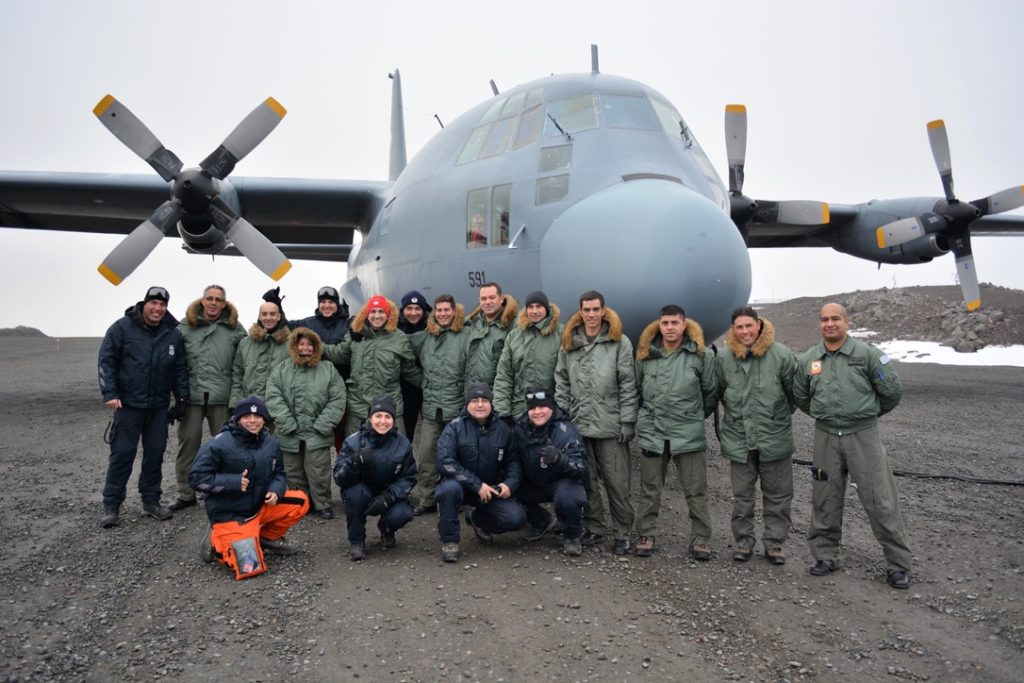
May this reciprocal assistance between brotherly nations, based on camaraderie, joint goals, respect and mutual admiration — in such remote and hostile corner of the earth, last forever!

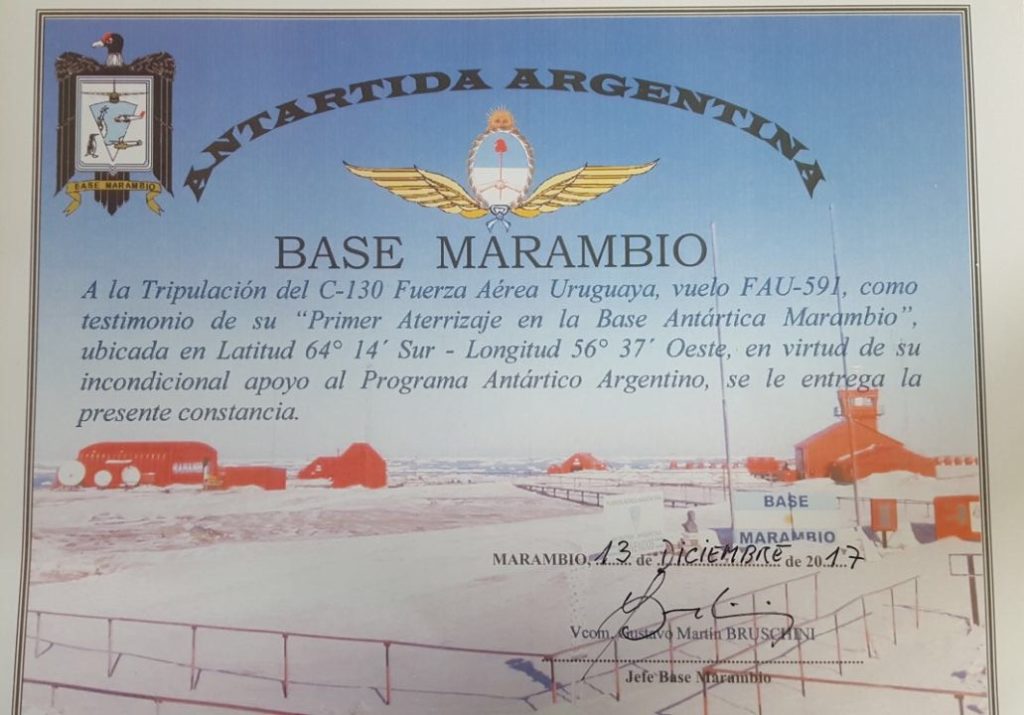
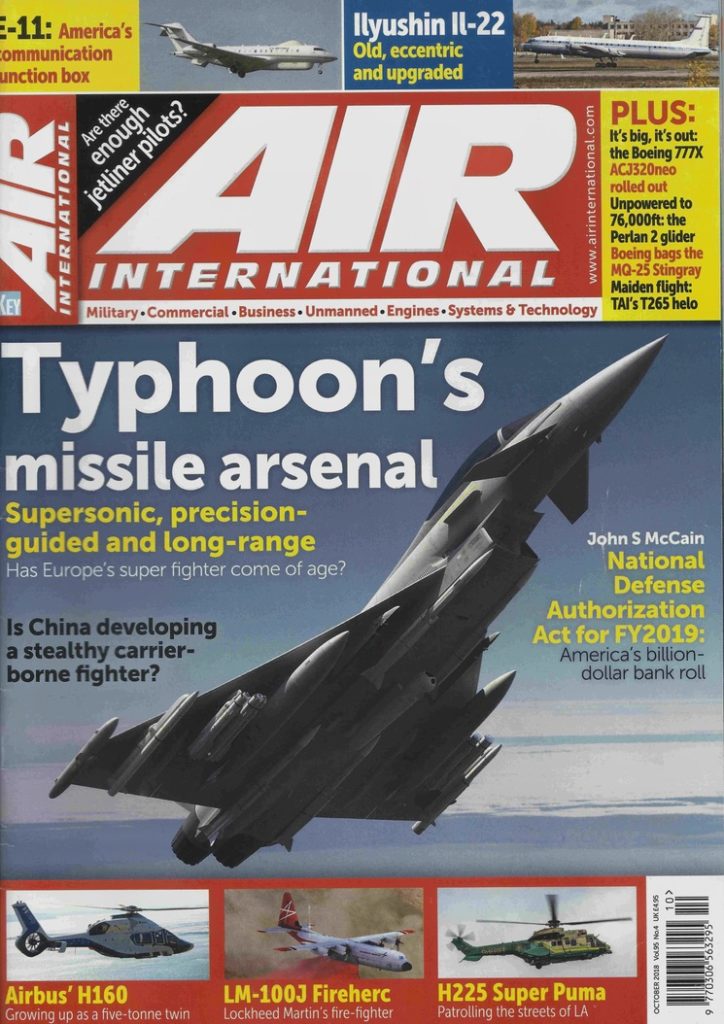
Air International (October 2018) where the feature “Flying to Antarctica” was published on page 90. Image courtesy of Key Publishing, UK.
Avión Revue Latinoamérica – no. 217-Marzo 2018. The article “Hermandad Rioplatense, apoyo en la Antártida” (River Plate Brotherhood) was published on page 62 (Image courtesy of Key Spain)

.png)
.png)

